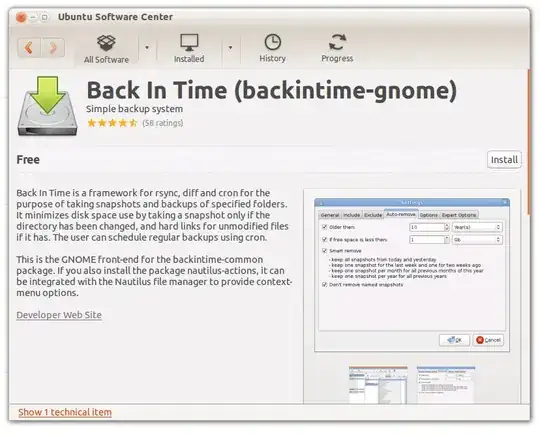What you describe is a feature known as filesystem snapshots. LVM implements this in the block layer, and the btrfs filesystem has it built into the filesystem itself. Practically speaking both are still not usable for the average person for several reasons:
- Current LVM snapshots perform badly when you create more than one, which rather limits their usefulness. This should be improved with the multi snapshot feature still being developed.
- btrfs is still in heavy development and not considered stable enough for production use
- There are no simple to use gui tools written to make use of these features
If you are feeling adventurous and want to play around with these systems, preferably in a throw away system you don't care if you blow up, then here's how:
For LVM, you will need to format the system to use LVM when you install. You should read the Ubuntu wiki entry on LVM. You use lvcreate -s to create a snapshot of the volume, then you can make changes, install packages, etc, and you can mount the snapshot to see the old state of files, and if you chose, revert the system to that state at the next boot with lvconvert --merge.
For btrfs, you need to use the btrfs filesystem, and then install the apt-btrfs-snapshot package. This package will automatically create a snapshot before apt modifies any packages, and provides a command line utility to view and manipulate the snapshots.

